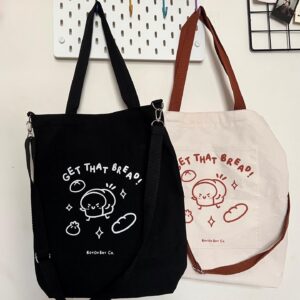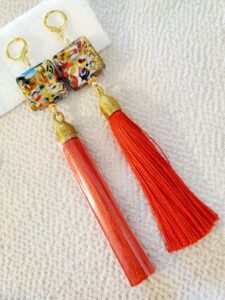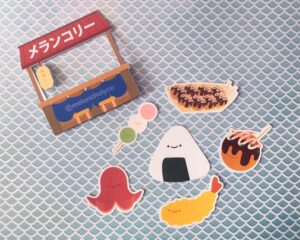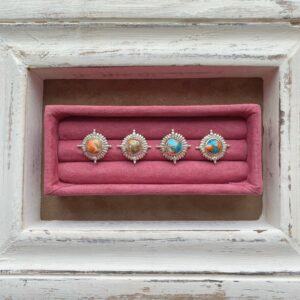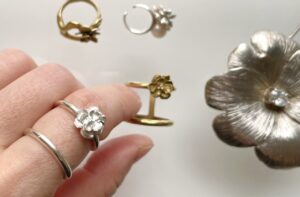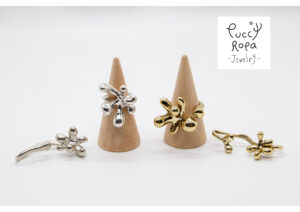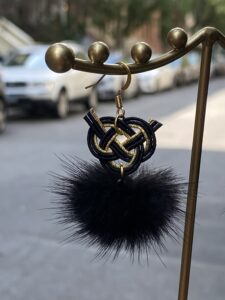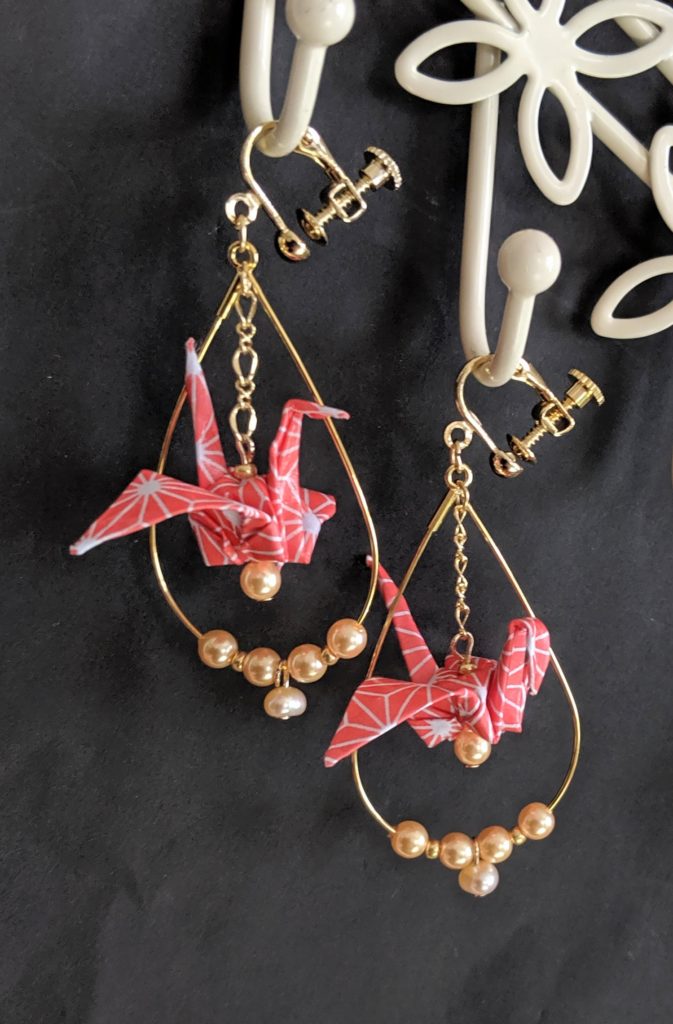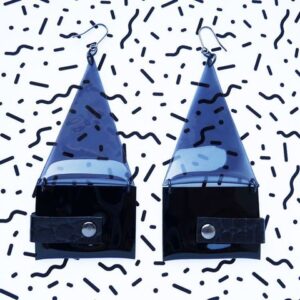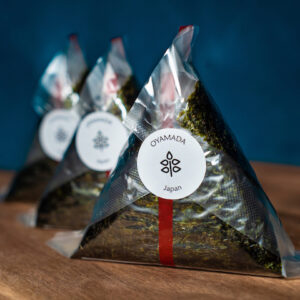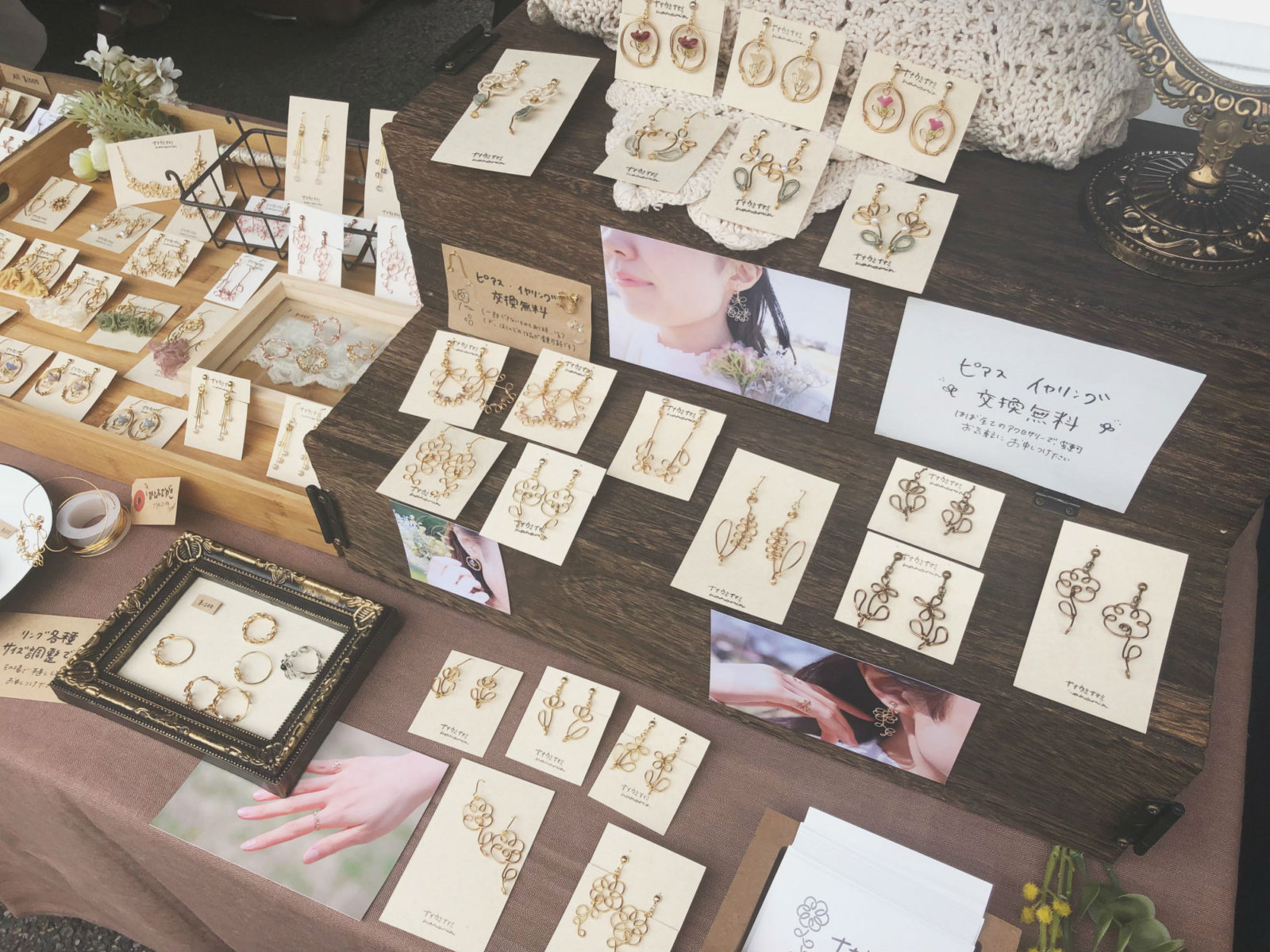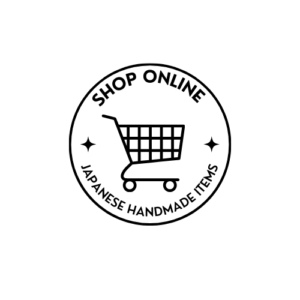Q: Have you noticed any differences in design preferences between different countries, given that you’ve studied jewelry in various places such as Italy, the US, and Japan?
In Japan, due to my experience working for a larger company, accuracy and designs that are favored by a broad range of consumers were highly valued. Additionally, there is a tendency in Japan to feel more at ease when people’s accessories are matching, or look similar to what’s already popular, and I feel that this is reflected in the designs that are available there. On the other hand, in Europe, designs that are inspired by nature and are more image-oriented are prominent. In the United States, it is difficult to single out any one prevalent theme due to the diverse mix of people from different races and cultures. Just as people have their own identity, in which race and culture play roles without making up the whole of someone’s image, there is a vast array of different designs that we can enjoy and be inspired by.
Q: How did you encounter the “Japanese Artist Pop-up Shop”? What are the advantages of a physical shop over an online marketplace?
When I moved to New York, I was looking for a place to exhibit my artwork, and I discovered the “Japanese Artist Pop-up Shop” while searching for exhibition venues. I visited the shop as a customer and had a chat with the person in charge. We hit it off, and I was able to exhibit my work there.
The advantage of a physical shop is that it allows you to talk to a variety of people and make new acquaintances through your artwork. One of my representative works is an accessory that depicts the shape of a dog using the Japanese hiragana characters “i” and “nu.” When I tell customers, “Actually, it says ‘inu,’ which means dog in Japanese,” it leads to conversation and information exchange, sometimes even to personal talk. At that moment, jewelry becomes a communication tool beyond nationality and race, and I feel the satisfaction and happiness of my work. Also, I often get inspiration for new pieces from real-time reactions and feedback from customers.



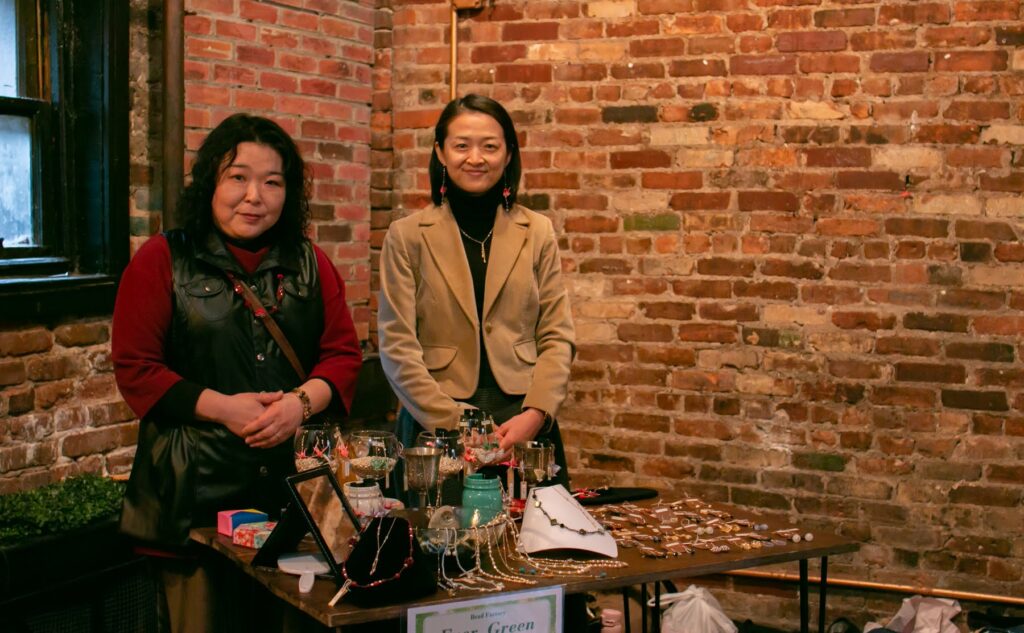
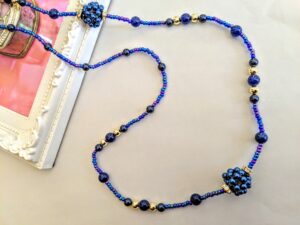
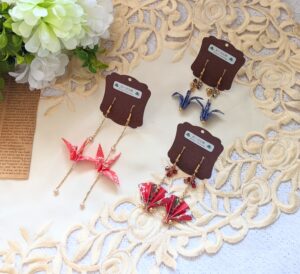
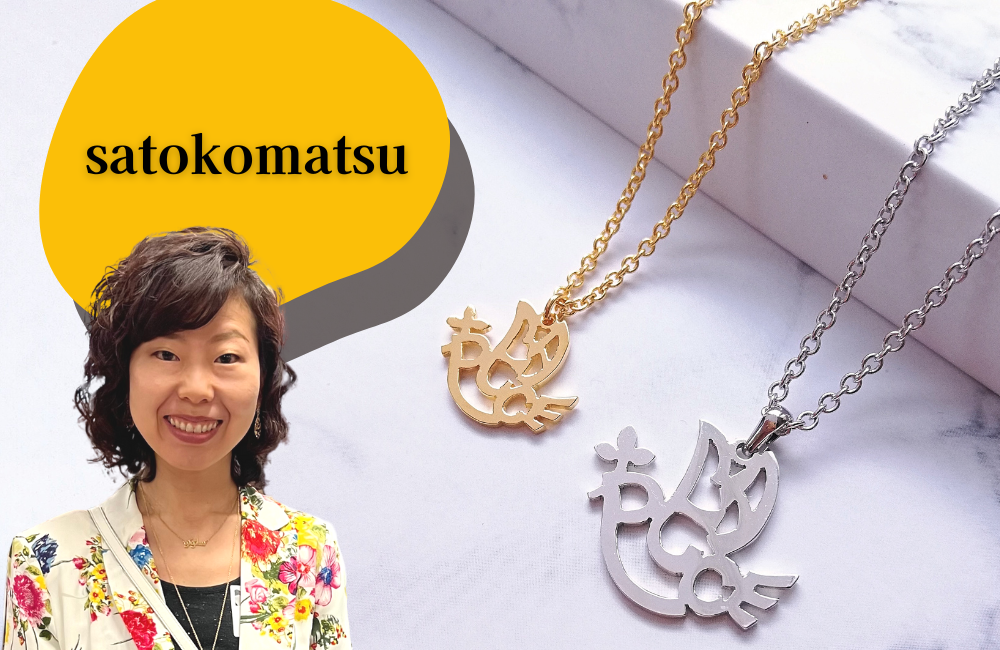

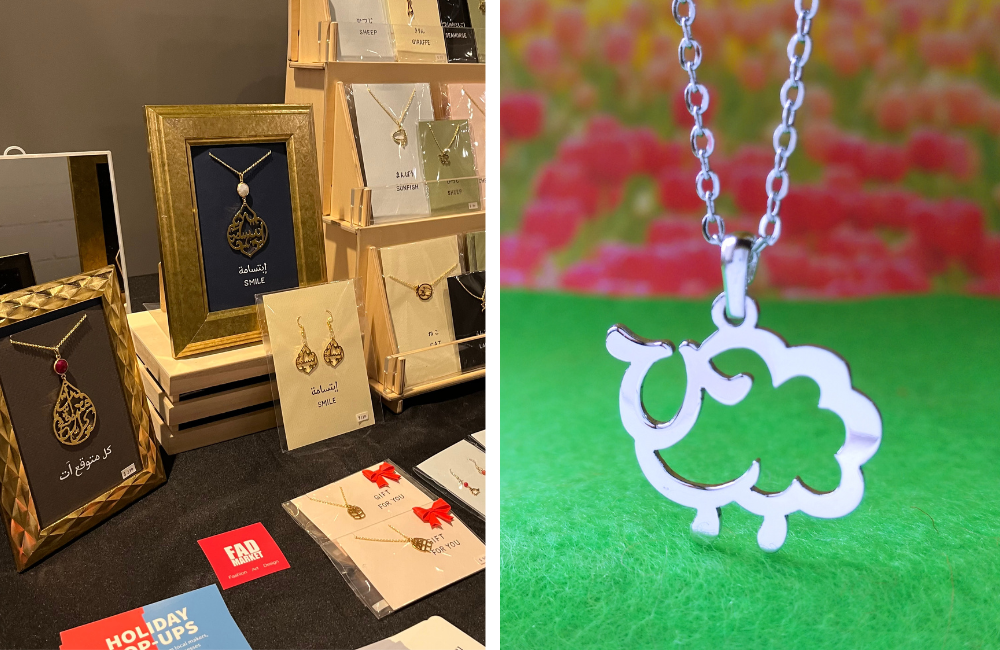
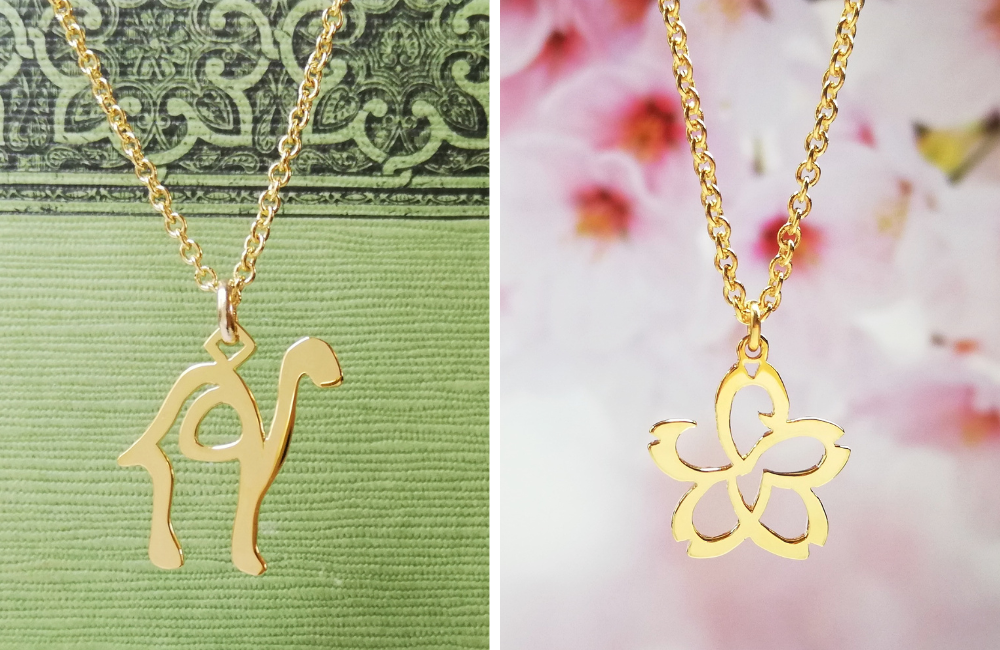
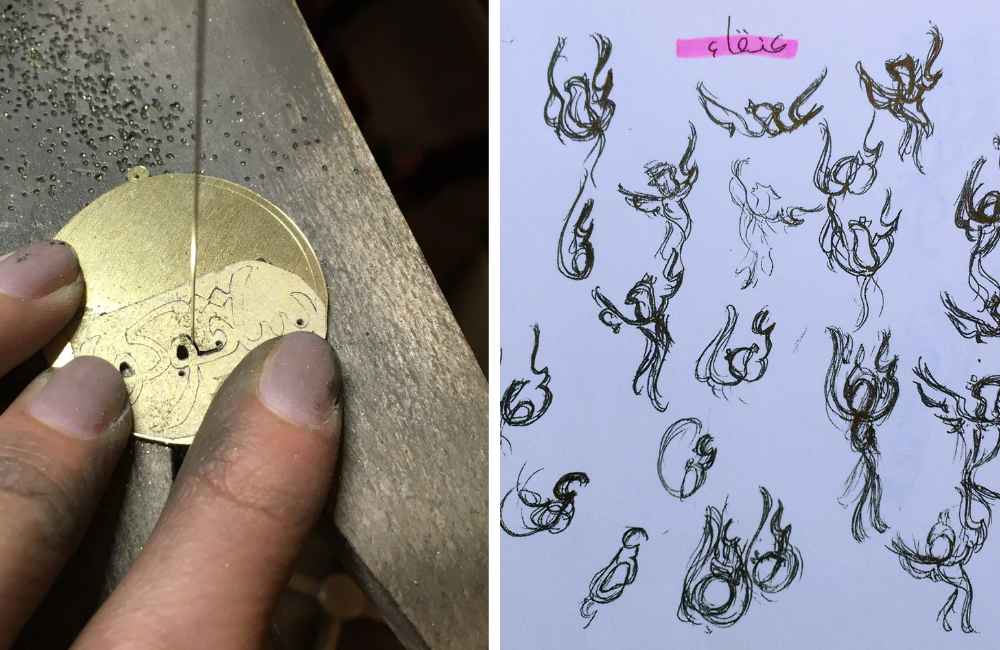
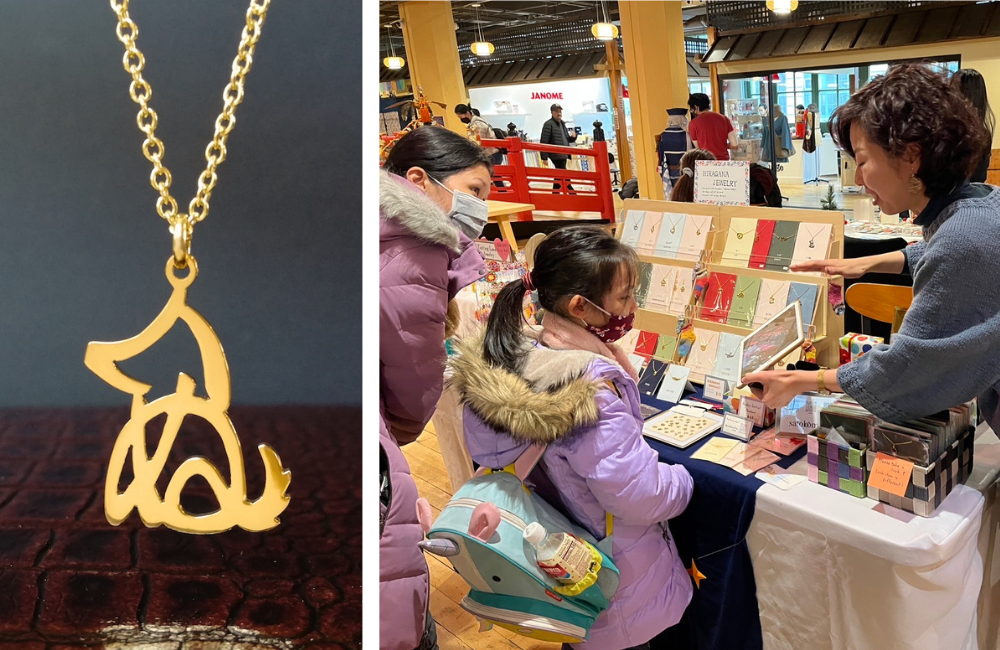

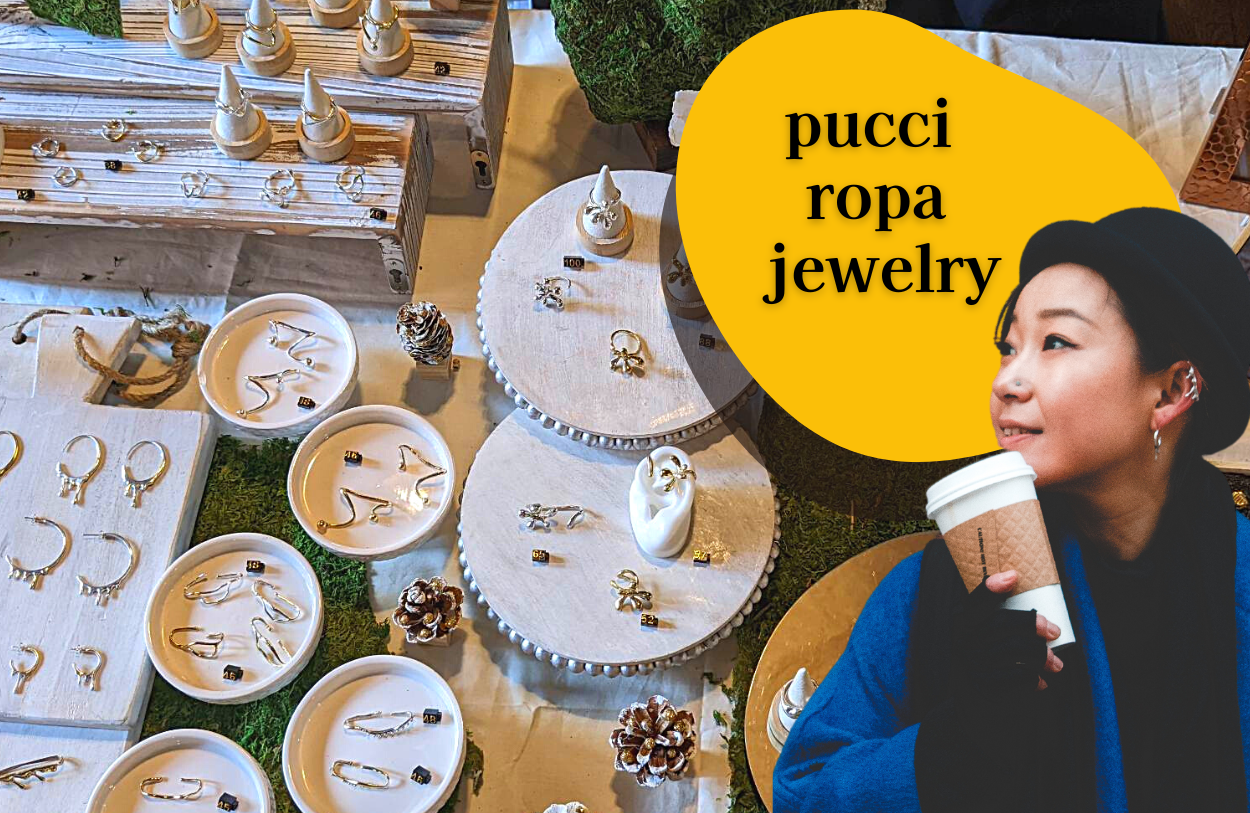

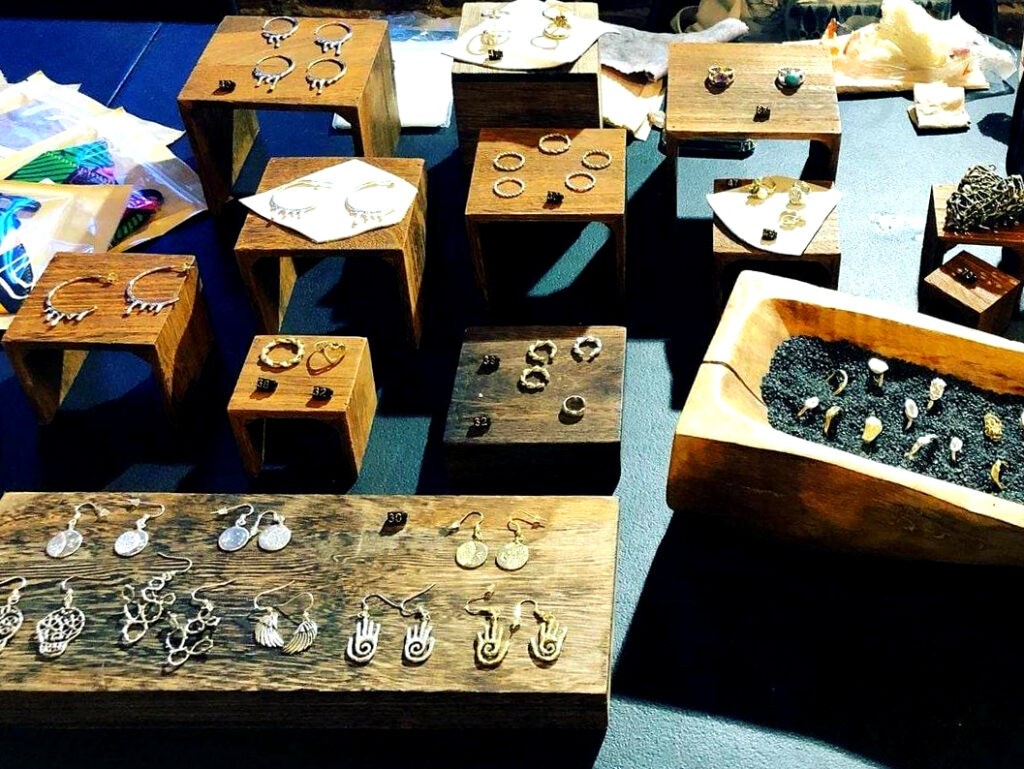
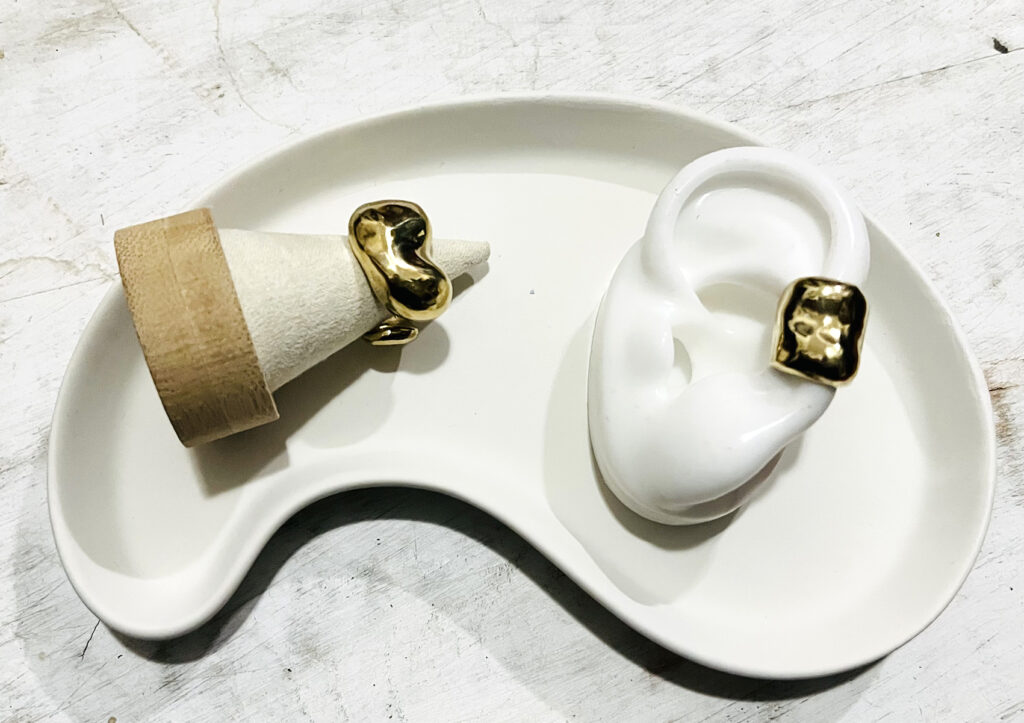

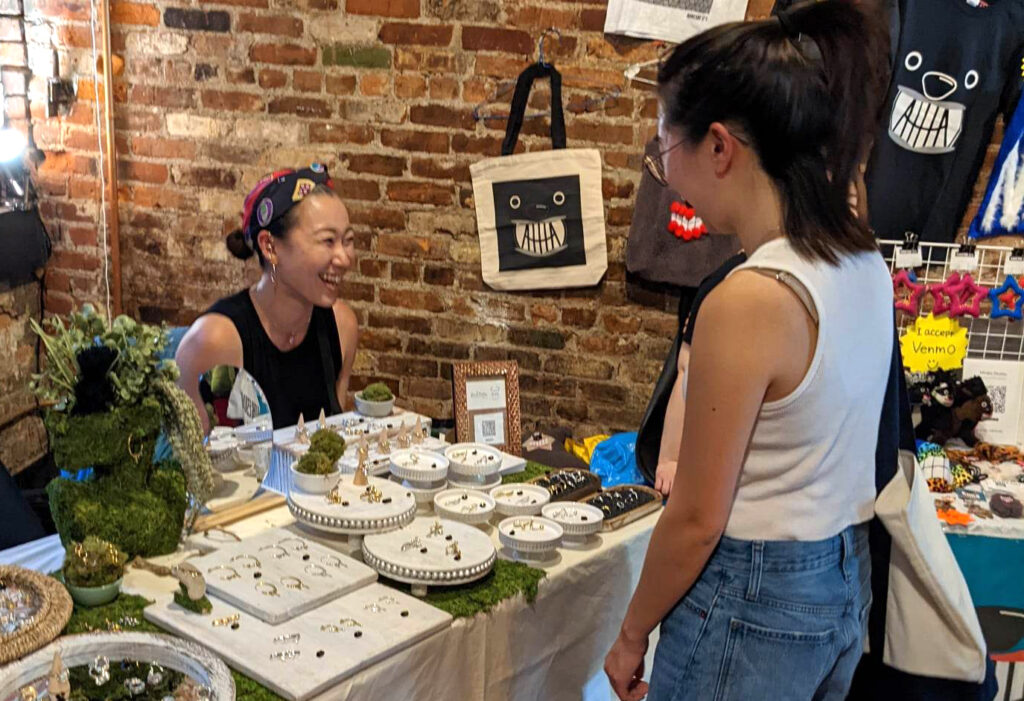
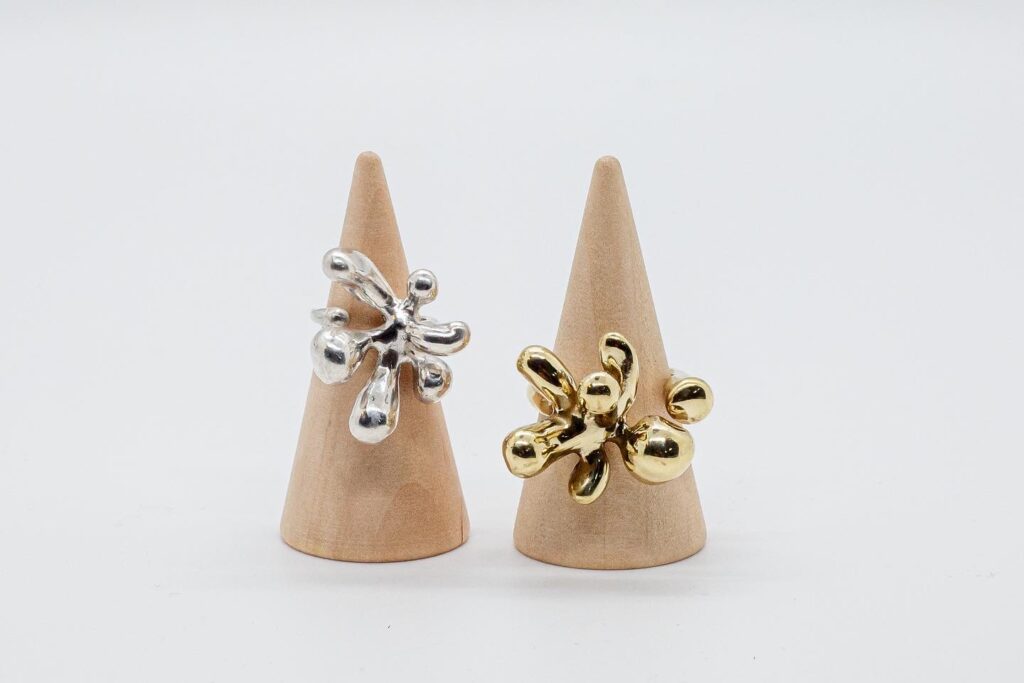
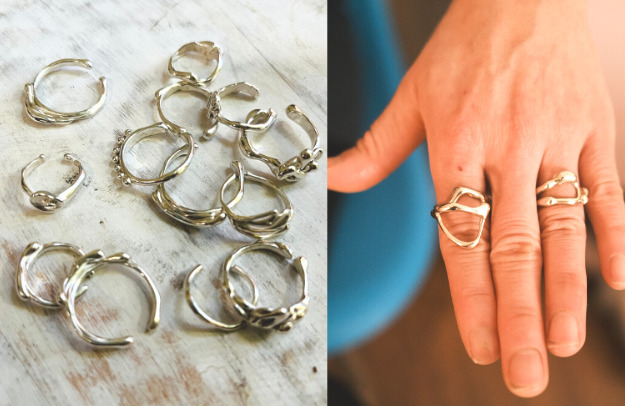
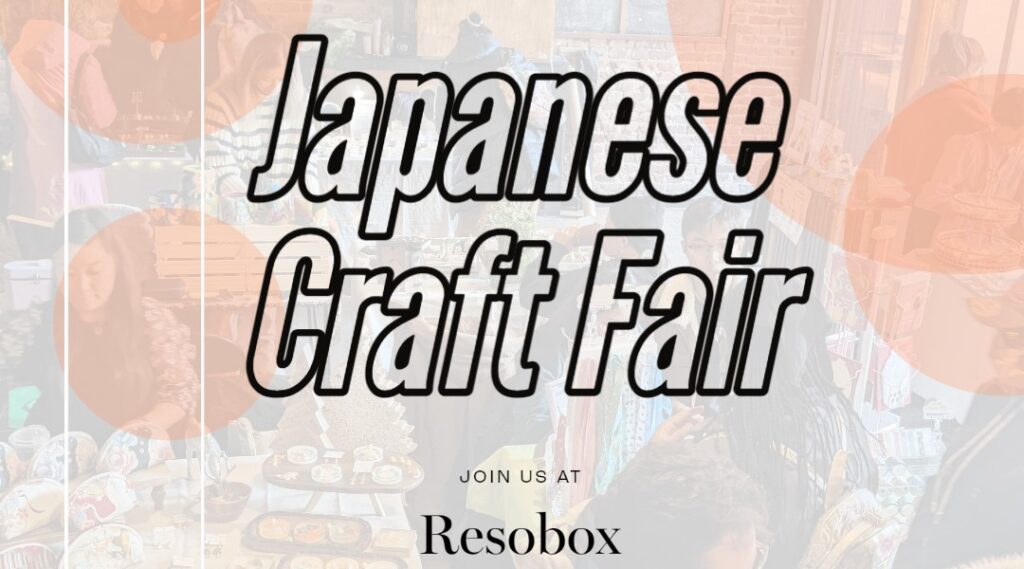
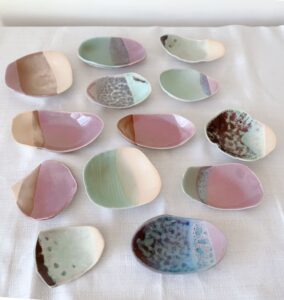
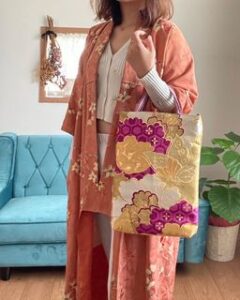
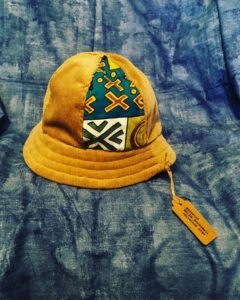
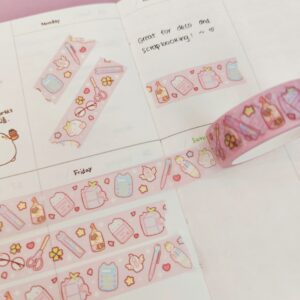
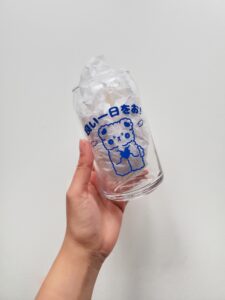
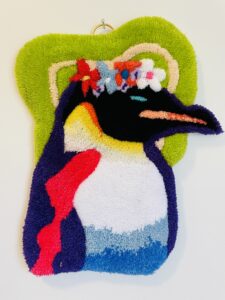
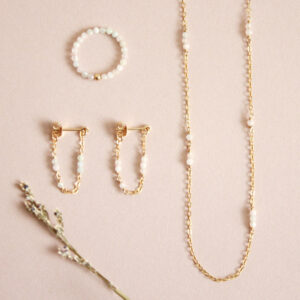

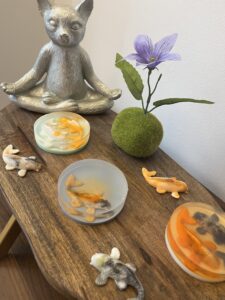
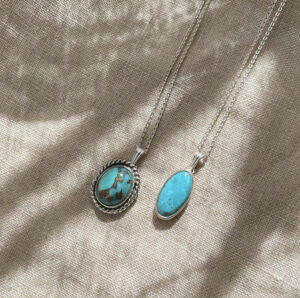
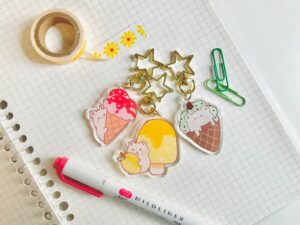



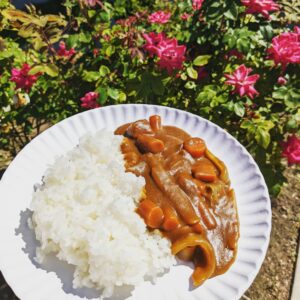

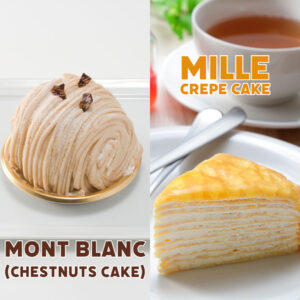
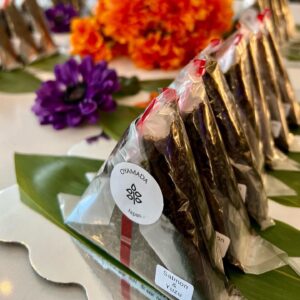
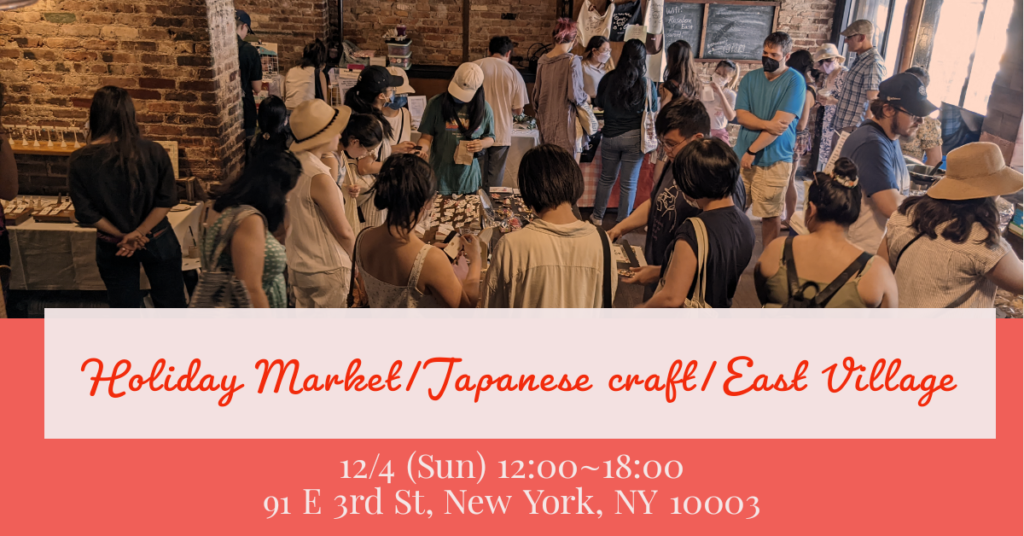
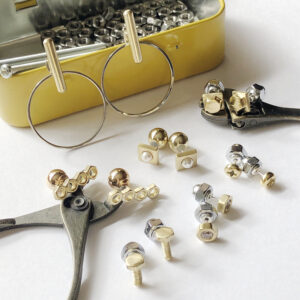
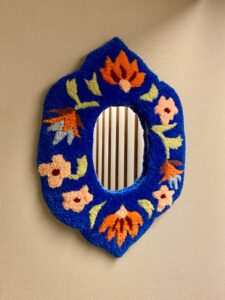

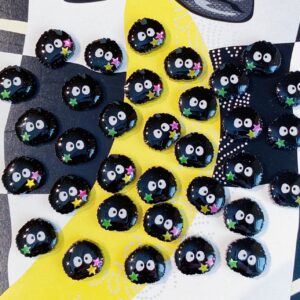
 Resin & air dry clay
Resin & air dry clay